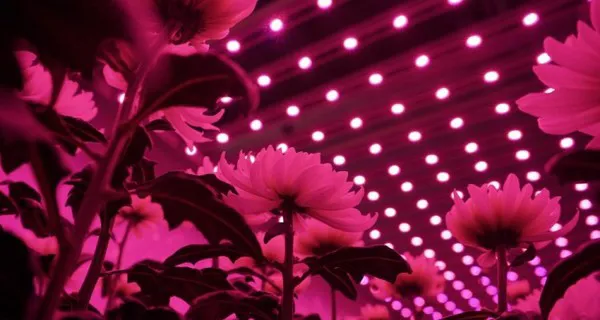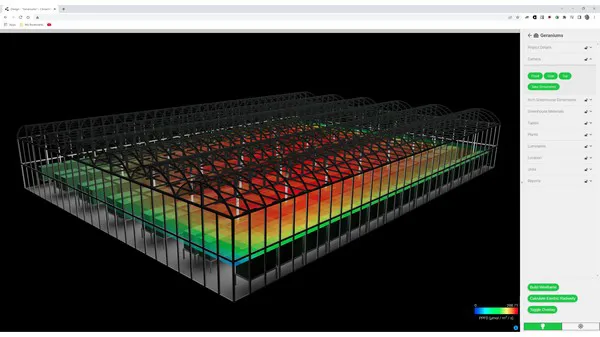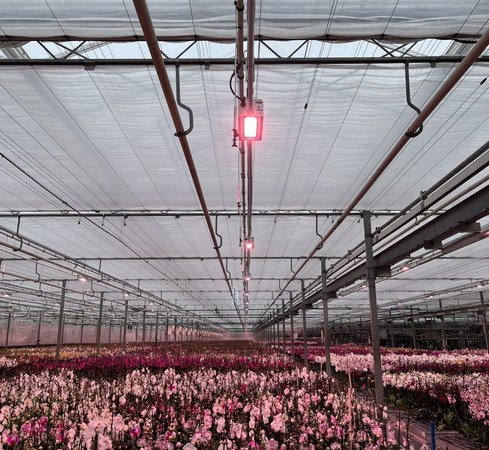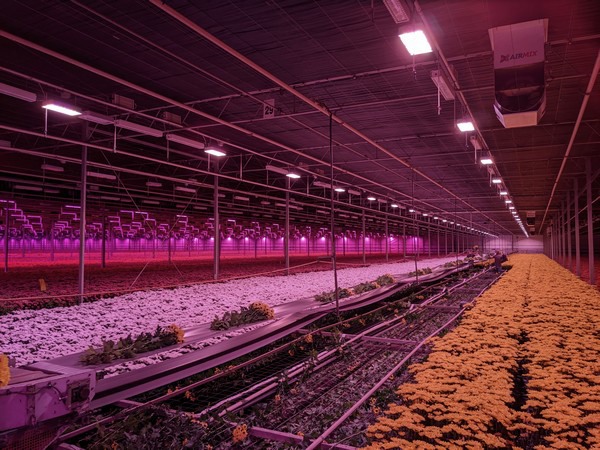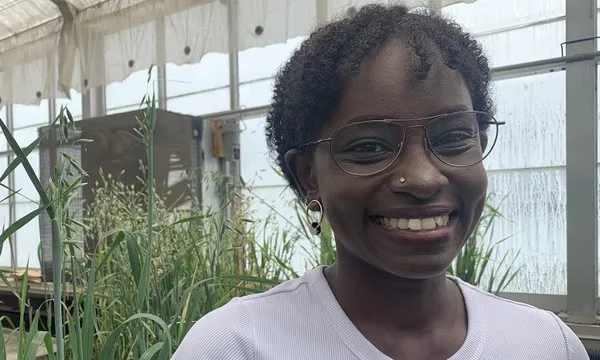Many growers have been struggling with increasing energy prices, making lit-cultivation hardly financially sustainable. Yet, some growers just can't do without lighting and have found ways to get by without having to necessarily halt winter production. On the other hand, advancements in research on lighting crops are providing new insights on how to best grow at high efficiency. Here are 10 stories on lighting from 2022.
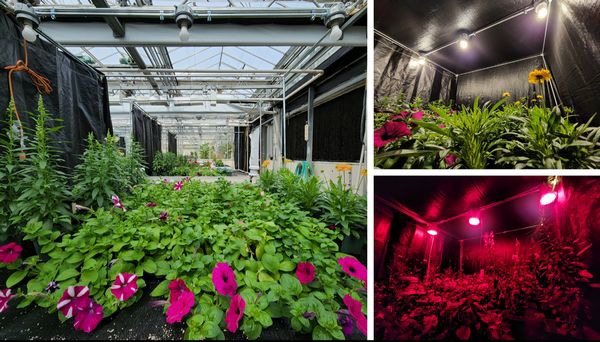
White LEDs: a cost-effective alternative to red and far-red LEDs
Many important greenhouse floriculture crops are long-day plants, meaning they require long days and short nights (usually less than 8–10 hours of darkness) to produce flowers early. To shorten long nights and promote the flowering of long-day plants, growers can use dim photoperiodic lighting at the end of the day (day-extension lighting) or in the middle of the night (night-break or night-interruption lighting).
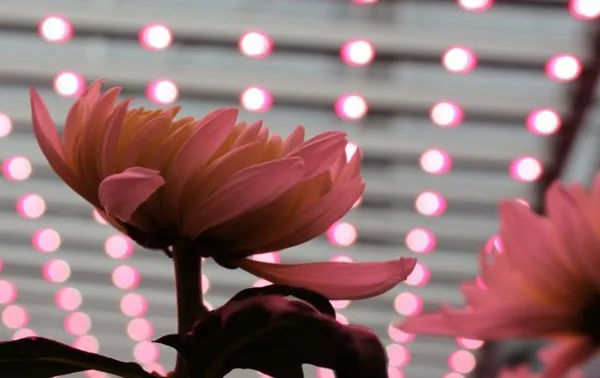
Chrysanthemums can do with less "end of the day" far-red light
In recent years, interest in LED lighting among chrysanthemum growers has increased considerably. When choosing the LED lighting system, it is important to make a good choice with regard to the efficiency of the lamps and the right spectrum for the crop. When growing under full LED, growers fear that the branches might remain too short in winter. Therefore, we are looking for possibilities to control the elongation of chrysanthemums with a light spectrum.
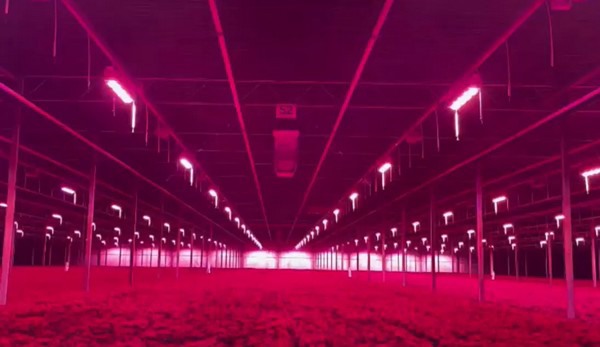
LED light dances to Linkin Park song in Chrysanthemum greenhouse
Many growers are facing high energy prices. It can be difficult to cope with that, and while some had some technology in place that helped them save on the electricity bill, others had to make the painful decision of halting winter production. There are some growers, however, who tried to find a quick solution. While this can be quite tough to do right off the bat, it's surely not impossible.
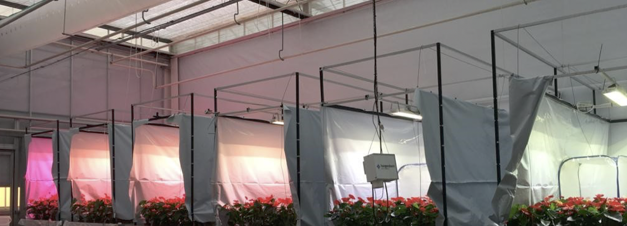
Improving lighting recipes for potted plants
Sustainability is becoming a key concept in greenhouse horticulture as growers seek to reduce energy consumption while achieving better yields. Wageningen University in the Netherlands joined forces with Hungary-based lighting provider Food Autonomy to deliver the best lighting conditions for pot anthurium grown in greenhouse conditions.
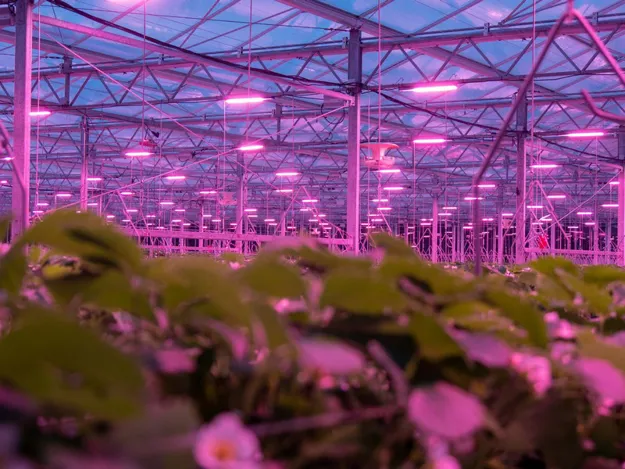 "Greenhouse lighting can be counter-intuitive"
"Greenhouse lighting can be counter-intuitive"
"We're aiming to gain efficiency of production in the greenhouse, and we're looking to have better yields and quality of production, all while lowering the consumption of energy," says Louis Golaz with RED Horticulture. "That makes us much more than just a lighting manufacturer." Together with new sales manager Jose Carretero, he explains why higher efficiency in luminaires is only part of the answer. "More than the most efficient lights, you also need high efficiency in your lighting strategy."
"End of day" far-red light increases stem length in chrysanthemum
In the last decade, interest in LED lighting among chrysanthemum growers has increased considerably. Initially, in hybrid lighting systems with LED lighting supplementing the existing HPS lamps, but recently also in full-LED systems. There are still many questions on which light spectrum is the most suited for chrysanthemums, especially when it comes to realizing the desired stem length.
Modeling light inside greenhouses
Look inside one of the most detailed and comprehensive textbooks on greenhouse design and construction, and you will find this: "The light level in the greenhouse should be adequate and uniform for plant growth." Greenhouse site selection, materials and structures, automation and control, and greenhouse operation are discussed in depth, but there is no significant further mention of the two key components of greenhouses: daylight and (optionally) supplemental electric lighting.
Dimmable LED lights save phalaenopsis grower lots on energy costs
There is a lot going on for phalaenopsis growers right now. Fortunately, in the field of energy, things are looking up. Phalaenopsis grower Gerben van Giessen of Butterfly Orchids tells us how he is handling things in these special times.
"More light with less power"
Kiepflower Nursery has just taken a big step in terms of energy thanks to the new lighting installation from Hortilux, with whom the company has had a good partnership for many years. Co-owner of Kiepflower, Albert Kiep, tells us more about it.
New greenhouse lighting helps researchers' urgent need for speed
As a plant breeder, Milcah Kigoni faces enemies every season. Pests. Disease. Weather. But her most relentless nemesis is time. New lights in the University of Illinois Plant Care Facilities give her and other researchers leverage to develop better plant varieties faster to help feed the world's growing population. The drama is real.

